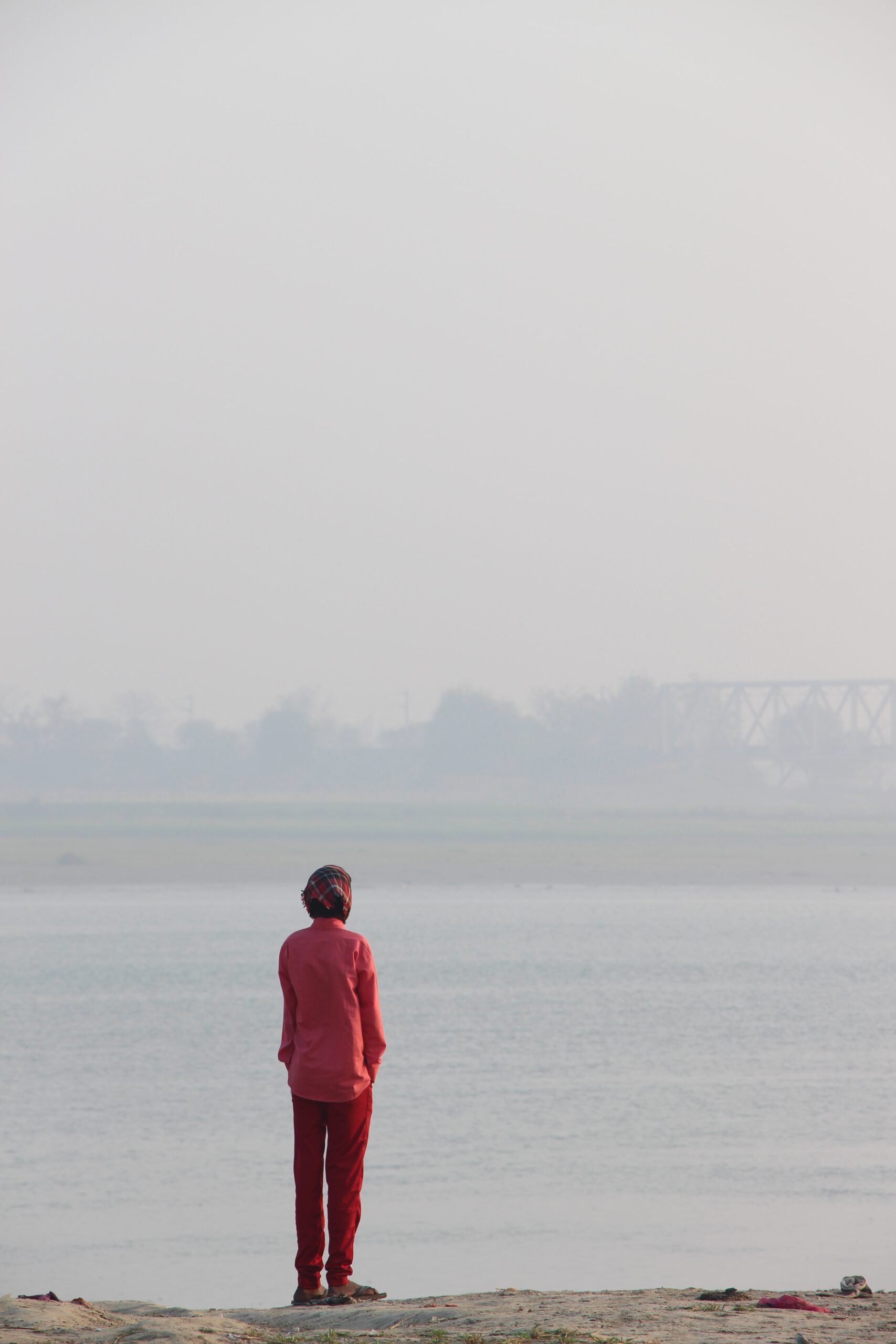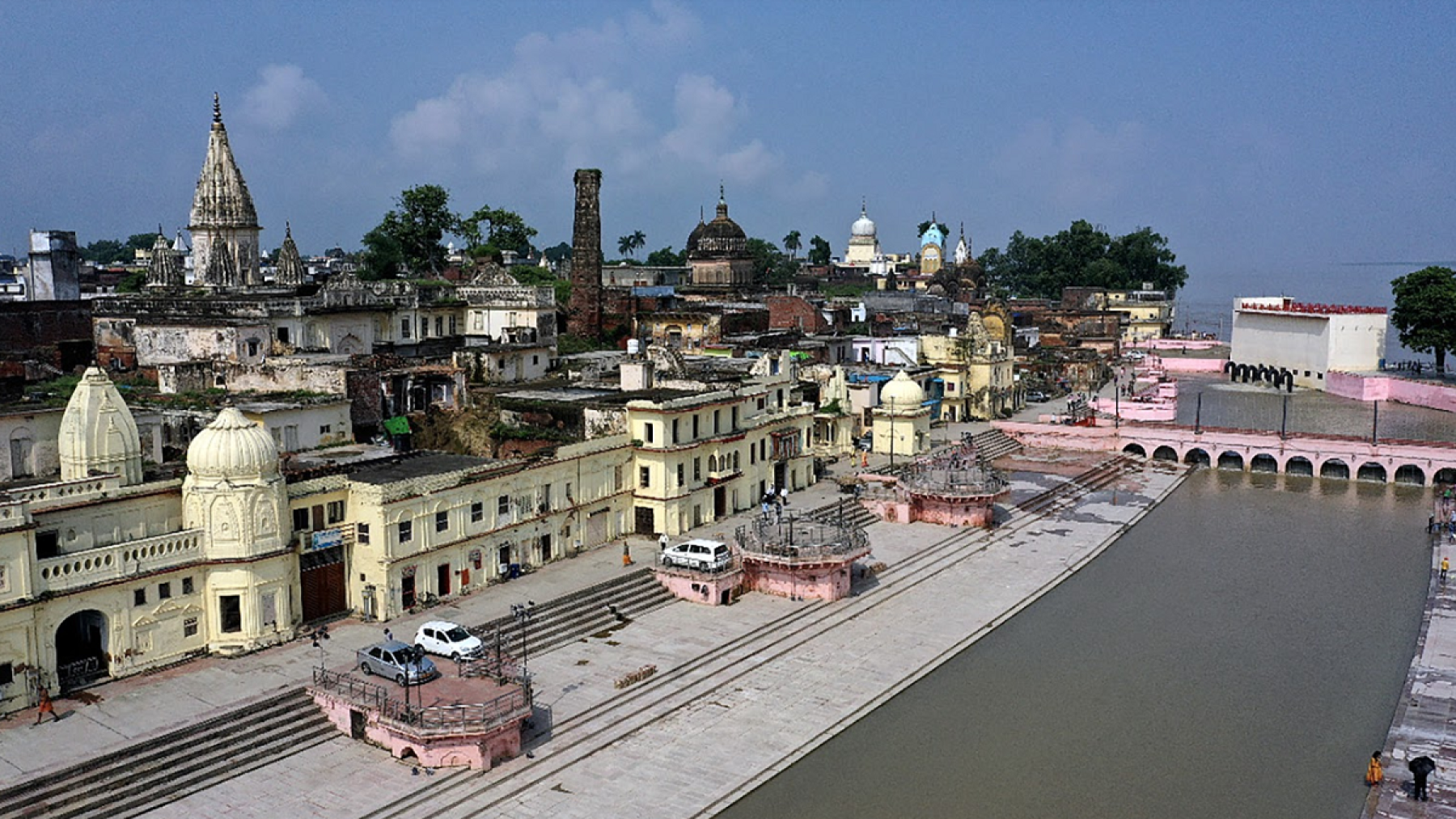Understanding the weather patterns in Ayodhya is crucial for planning your trip. This ancient city, located in the northern part of India, experiences distinct seasons, each offering a different experience. This guide outlines what to expect weather-wise during your visit to Ayodhya, helping you prepare accordingly for a comfortable and enjoyable journey.
Summer Season (April – June): The summer months in Ayodhya are characterized by hot and dry conditions.
- High Temperatures: Days can be extremely hot, with temperatures often rising above 40°C (104°F).
- Dry Climate: Humidity is generally lower, but the heat can still be overwhelming.
- Precautions: Stay hydrated and avoid prolonged exposure to the sun. Light, airy clothing is advisable.
Key Points:
- Extremely hot and dry conditions.
- Temperatures often exceed 40°C.
- Wear light clothing and stay hydrated.
Monsoon Season (July – September): The monsoon brings much-needed relief from the summer heat, but also its own set of challenges.
- Rainfall: Ayodhya experiences moderate to heavy rainfall during these months.
- Humidity: Humidity levels rise, making the weather feel muggier.
- Travel Impact: Be prepared for occasional flooding and travel disruptions.
Key Points:
- Moderate to heavy rainfall
.
- Increased humidity levels.
- Potential for flooding and travel disruptions.
Winter Season (October – March): Winter in Ayodhya is generally mild and considered the most pleasant time for visiting.
- Pleasant Weather: Temperatures are cooler, ranging from 8°C to 28°C (46°F to 82°F).
- Clear Skies: Skies are usually clear, offering great conditions for sightseeing and outdoor activities.
- Clothing: Light to medium layers are recommended, with warmer clothing needed for cooler nights and early mornings.
Key Points:
- Cooler temperatures between 8°C and 28°C.
- Clear skies ideal for outdoor activities.
- Light to medium layers of clothing recommended.
Best Time to Visit: Choosing the right time to visit Ayodhya depends on your weather preference and the activities you plan to undertake.
- Winter for Sightseeing: Winter months offer the most comfortable climate for exploring.
- Summer for Fewer Crowds: If you can handle the heat, summer has fewer tourists.
- Monsoon for Scenery: The landscape becomes lush and green during the monsoon, but be prepared for rain.
Key Points:
- Winter offers a comfortable climate for exploration.
- Summer is hotter but less crowded.
- Monsoon brings lush scenery but requires rain preparation.
What to Pack: Packing for Ayodhya should be based on the season during which you plan to visit.
- Summer Essentials: Light clothing, sunscreen, hats, and hydration bottles.
- Monsoon Gear: Waterproof clothing, umbrellas, and water-resistant footwear.
- Winter Necessities: Warm layers, especially for the evening and early morning.
Key Points:
- Light and airy clothing for summer.
- Waterproof gear for monsoon.
- Warm clothing for winter evenings and mornings.
Local Weather Services: Staying informed about the weather during your stay can help in planning your
daily activities in Ayodhya.
- Weather Apps: Utilize reliable weather apps for current forecasts.
- Local News: Local news channels and newspapers often provide weather updates.
- Hotel Assistance: Most hotels can provide the latest weather information and advice.
Key Points:
- Use weather apps for up-to-date forecasts.
- Check local news for weather updates.
- Ask hotel staff for weather information.
Adapting to Ayodhya’s Climate: Being prepared and adaptable can enhance your experience in Ayodhya’s varied climate.
- Stay Hydrated: Essential in all seasons, particularly in the summer.
- Plan Indoor Activities: During extreme heat or heavy rains, seek indoor attractions.
- Respect the Sun: Use sun protection year-round, especially in summer.
Key Points:
- Hydration is key in all seasons.
- Plan indoor activities for extreme weather.
- Use sun protection to avoid sunburn.
Conclusion: Ayodhya’s diverse weather patterns play a significant role in shaping the experience of your visit. By understanding these patterns and preparing accordingly, you can ensure that your trip is comfortable, enjoyable, and aligned with the activities you wish to undertake. Whether visiting in the cool winters, the hot summers, or the lush monsoon season, Ayodhya offers a unique charm in every weather.
FAQ:
- What is the best season to visit Ayodhya for comfortable weather?
- The winter season (October to March) is the most comfortable.
- How hot can it get in Ayodhya during the summer?
- Temperatures can rise above 40°C (104°F).
- Is the monsoon season a good time to visit Ayodhya?
- It can be a good time for those who don’t mind the rain and enjoy lush greenery.
- What clothing should I pack for a winter visit to Ayodhya?
- Light to medium layers, with warmer clothes for nights and mornings.
- Are there any specific health precautions to take for Ayodhya’s climate?
- Stay hydrated, use sun protection, and dress appropriately for the season.
- Can travel plans be affected by monsoon rains in Ayodhya?
- Yes, heavy rains can sometimes lead to flooding and travel disruptions.
- How reliable are weather forecasts for Ayodhya?
- Weather forecasts are generally reliable, but it’s good to prepare for occasional unpredictability.
- Should I pack an umbrella for my trip to Ayodhya?
- An umbrella is advisable, especially if you’re visiting during the monsoon season.



